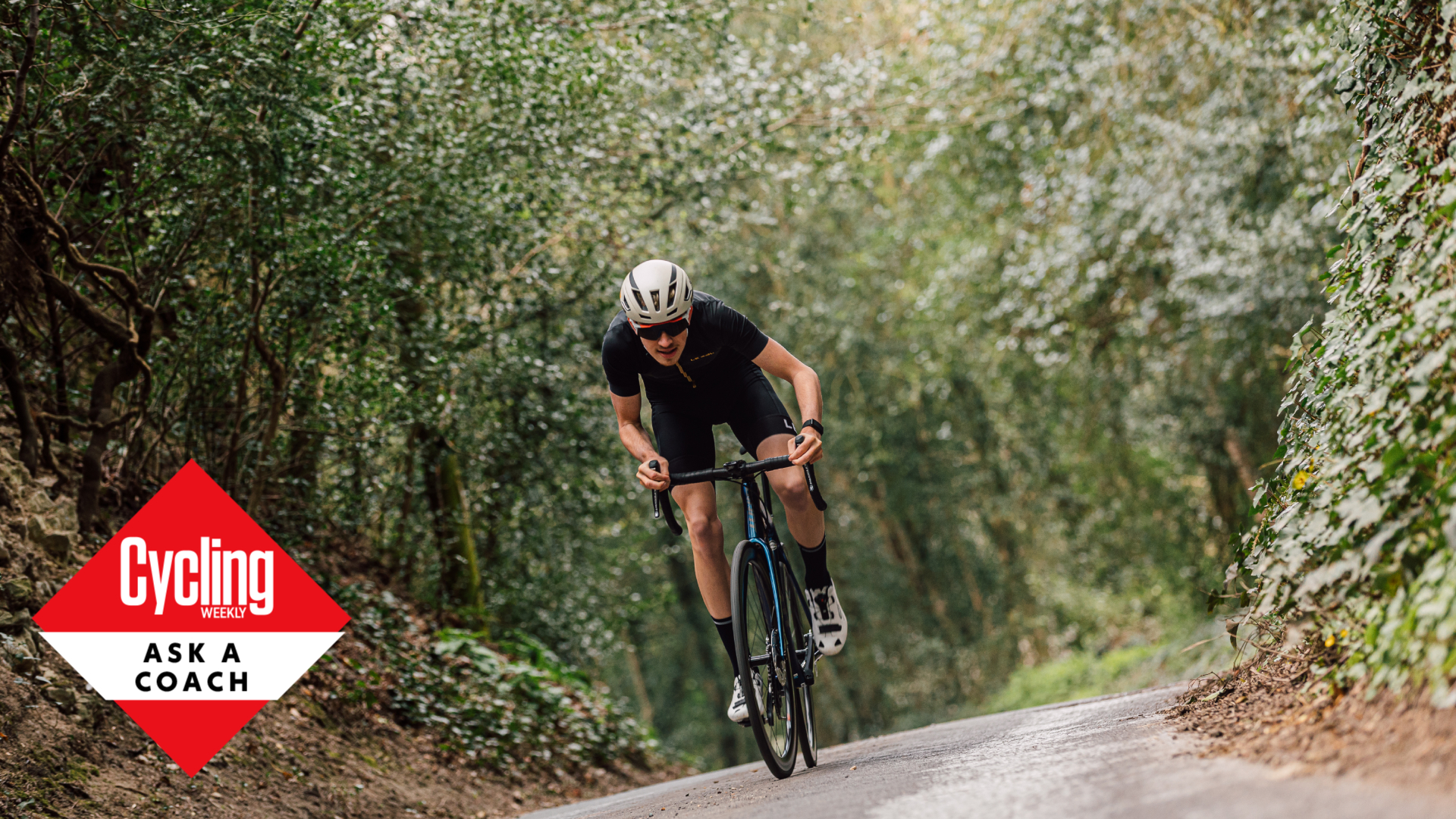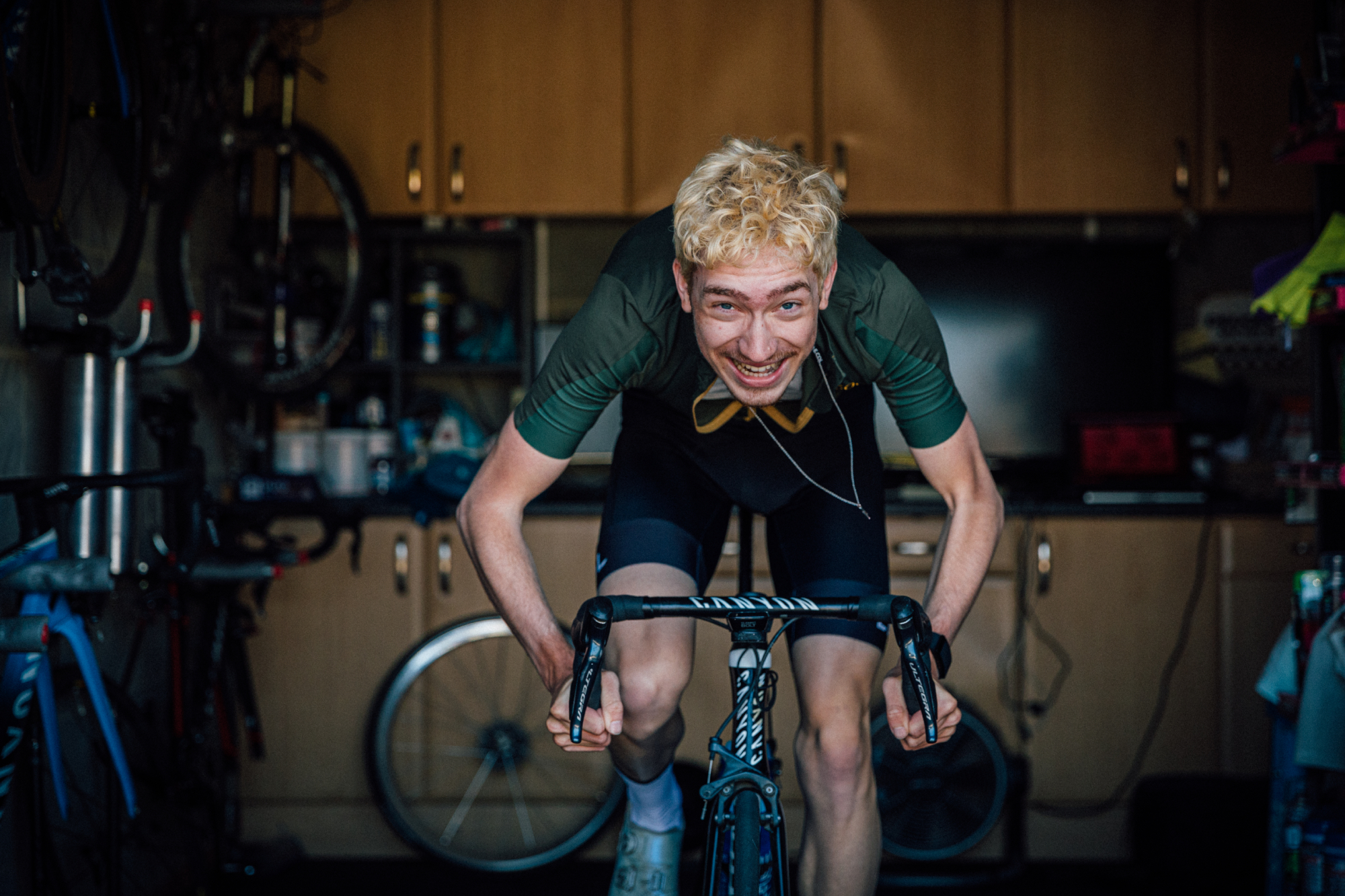Ask a coach: 'How do I increase my max power in cycling?'
From clinching sprints to shutting down gaps, a higher peak power provides a raft of benefits


As cyclists, we spend a lot of our training time targeting gains in endurance cycling performance. Long base rides, threshold intervals, and even shorter intervals are designed to target sustainable power. However, what about our peak power; the power that we can sustain for <5s? Afterall, our peak power really maters when sprinting for the line - shouldn’t we also be training that? Cycling coach James Spragg explains what determines the maximum power you can put out, and how to go about improving yours...

Sports scientist and coach James Spragg is one of the experts who will be answering your questions in Cycling Weekly's ASK A CYCLING COACH series which comes out every week. Working both in research and applied settings, he currently runs Intercept Performance Consultancy.
What determines peak power in cycling?
If we want to train something, then a good starting point is to understand the component factors that determine it. Once we understand these components, we can target them individually in training.
Peak power is made up of two main factors:
1) How well we can activate the leg muscles
2) How much force the activated muscle can generate
Activation

Whenever we decide to sprint an electrical signal passes from our brain to our muscles. Within the muscles, these signals are registered by motor neurons. Each motor neuron is responsible for the activation of a certain number of muscle cells – we call these motor units. Each muscle is made of many motor units; just one of the four muscles in the quadricep might contain >1000 motor units. The more of these motor units that can be activated at once, the greater the percentage of the muscle that activates and the more power the muscle produces.
However, we don’t want all motor units to activate at exactly the same time. We need them to activate in a coordinated way to maximise power output.
Get The Leadout Newsletter
The latest race content, interviews, features, reviews and expert buying guides, direct to your inbox!
Therefore, both how many motor units are activated and how well they are coordinated will influence peak power output.
It does seem that these factors are trainable. By performing high cadence short sprints we may be able to ‘teach’ the neuromuscular system (the signal-carrying mechanism from the brain to the muscle) to both activate more muscle mass at the same time and in a more coordinated way.
Efforts in training:
Perform 6 x 6s sprints in the little ring from ~30kmph. Aim for a peak cadence >120rpm.
Allow plenty of recovery between sprints.
Muscle force
Each motor unit, when activated, produces a certain amount of force. If we can increase that force then we will be able to produce more power.
The size of the muscle fibres is an important component in how much force they produce. Therefore, if we can increase the size of each muscle fibre in a motor unit (hypertrophy) we can produce more power.
The way to induce hypertrophy is by forcing the muscle to produce a lot of force. This can be achieved in various ways, either in the gym or on the bike! While gym work can be very effective it can often take some time for gains in the gym to translate into more power on the bike. Therefore, it makes sense, even if you are doing some gym work, to also work on this element on the bike.
Efforts in training:
Perform 6 x 10s sprints in the big ring from an almost standing start on a gentle rise. By the end of the 10s, you should just be up to ‘normal’ sprinting cadence (~110rpm).
Allow at least 5 mins between efforts.
So peak power is all about activating the muscle and how much force is produced when activated. Train these two components separately and I am confident you will see the benefits the next time you are sprinting for a town sign against your mates.

Thank you for reading 20 articles this month* Join now for unlimited access
Enjoy your first month for just £1 / $1 / €1
*Read 5 free articles per month without a subscription

Join now for unlimited access
Try first month for just £1 / $1 / €1
James Spragg is a sports scientist and coach, working both in research and applied settings. When not working with athletes James can be found skiing, climbing, cycling or drinking coffee!
Alongside Dan Lorang and Peter Leo, James runs Intercept Performance Consultancy. Over the last 8 years in various roles, as coaches, performance consultants, performance managers, and sports scientists, Dan, James and Peter have played a role in helping athletes achieve more than 10 World Championship titles, several Olympics medals (including a Gold and Silver Medal in Tokyo 2020) and several Top 5 results in some of the biggest sporting events on the planet (Tour de France, Olympics, World and European Championships). Our single focus is on improving performance in all settings.
-
 'This is the marriage venue, no?': how one rider ran the whole gamut of hallucinations in a single race
'This is the marriage venue, no?': how one rider ran the whole gamut of hallucinations in a single raceKabir Rachure's first RAAM was a crazy experience in more ways than one, he tells Cycling Weekly's Going Long podcast
By James Shrubsall
-
 Full Tour of Britain Women route announced, taking place from North Yorkshire to Glasgow
Full Tour of Britain Women route announced, taking place from North Yorkshire to GlasgowBritish Cycling's Women's WorldTour four-stage race will take place in northern England and Scotland
By Tom Thewlis